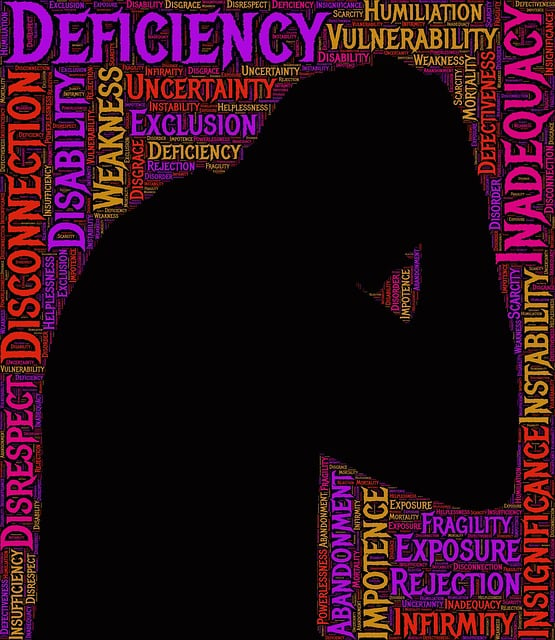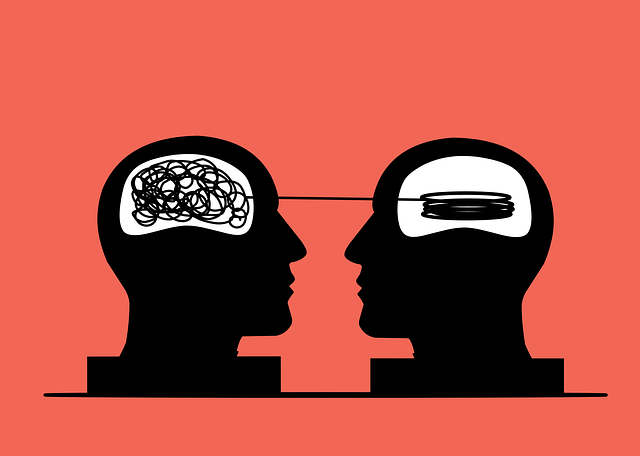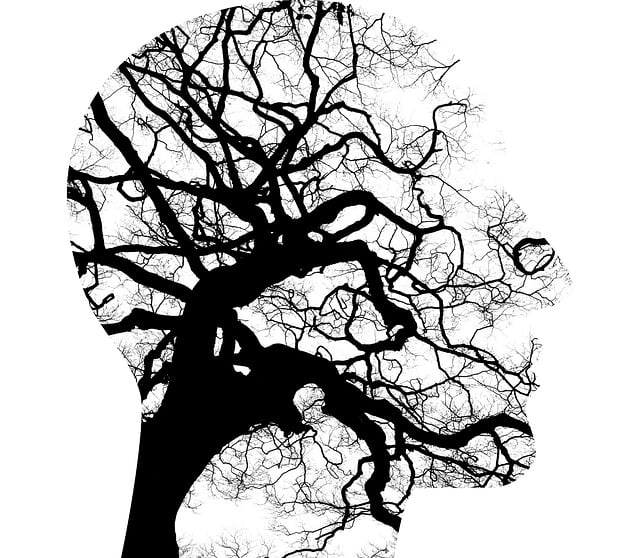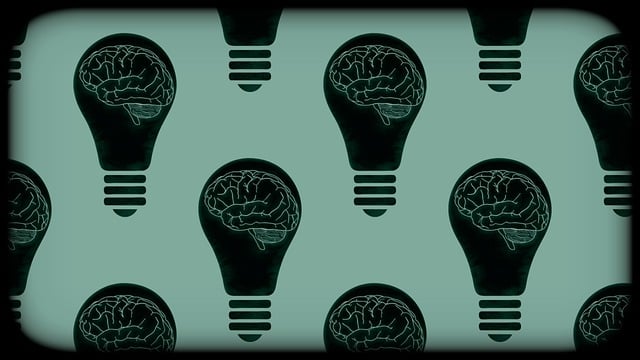Children's Adjustment Disorder (CAD), often triggered by stress or trauma, requires early recognition of symptoms like persistent sadness and anxiety. Effective treatment options include CBT, play therapy, social skills training, and community-based initiatives. Mental health advocacy plays a crucial role in breaking down stigma, promoting access to therapy, and fostering supportive communities. Comprehensive strategies, such as CBT, family therapy, and community engagement programs, create nurturing environments for CAD management. Advocacy efforts also push for policy changes to remove barriers to therapy, ensuring equal opportunities for mental wellness support.
Mental health advocacy plays a vital role in ensuring children with adjustment disorder (CAD) receive the support they need. This article delves into the multifaceted approach to addressing CAD, exploring key initiatives that drive awareness, policy changes, and community engagement. We examine effective therapy approaches, dissecting how strategies like cognitive-behavioral therapy contribute to improved outcomes. By understanding the symptoms and impact of CAD, we can foster supportive environments and advocate for better access to mental healthcare for children.
- Understanding Children's Adjustment Disorder: Symptoms and Impact
- The Role of Mental Health Advocacy in Raising Awareness
- Effective Therapy Approaches for Treating CAD in Kids
- Community Engagement: Strategies for Supportive Environments
- Policy Changes: Advocating for Better Access to Mental Healthcare
Understanding Children's Adjustment Disorder: Symptoms and Impact

Children’s Adjustment Disorder (CAD) is a mental health condition that affects children and adolescents, often resulting from stressful or traumatic events. Recognizing its symptoms is crucial for effective therapy. Common indicators include persistent sadness, anxiety, irritability, and changes in behavior such as withdrawal from social activities or academic decline. These symptoms can significantly impact a child’s daily functioning and relationships.
The disorder can have long-lasting effects if left unaddressed, potentially leading to more severe mental health issues in adulthood. Therapy for CAD often involves a combination of approaches, including cognitive-behavioral therapy (CBT) to manage anxiety and negative thought patterns, play therapy for younger children, and social skills training to improve interaction with peers. Additionally, Stress Management Workshops Organization offers valuable resources, while Burnout Prevention Strategies for Healthcare Providers can equip adults around the child with tools to provide better support.
The Role of Mental Health Advocacy in Raising Awareness

Mental health advocacy plays a pivotal role in raising awareness about various mental health issues, including those often overlooked like Adjustment Disorder in children. Through passionate storytelling and educational campaigns, advocates bring attention to the unique challenges faced by individuals dealing with this disorder. They help destigmatize mental health struggles, encouraging open conversations that can lead to early interventions and improved access to therapy for Children with Adjustment Disorder.
Advocacy initiatives foster a culture of mental health awareness, promoting understanding and empathy. By integrating compassion cultivation practices into mainstream discourse, these efforts empower individuals to recognize their own or others’ mental health concerns. Furthermore, they underscore the importance of self-care practices as vital components in managing and preventing mental health disorders, ultimately aiming for a healthier, more supportive society.
Effective Therapy Approaches for Treating CAD in Kids

Effective therapy approaches play a pivotal role in treating Children’s Adjustment Disorder (CAD), focusing on evidence-based strategies tailored to young minds. Cognitive Behavioral Therapy (CBT) is widely recognized as a powerful tool, empowering children to identify and change negative thought patterns and behaviors. By teaching coping mechanisms and enhancing problem-solving skills, CBT helps kids navigate challenges and improve their emotional well-being.
Additionally, integrated approaches combining elements of play therapy and family therapy have proven successful. Play therapy facilitates self-expression and provides a safe space for children to process emotions, while family therapy involves parents or caregivers in the treatment process, fostering supportive environments that promote mental wellness and strengthen familial bonds. These comprehensive strategies, coupled with risk management planning for mental health professionals, ensure a nurturing and effective environment for addressing CAD.
Community Engagement: Strategies for Supportive Environments

In fostering supportive environments, community engagement plays a pivotal role in mental health advocacy initiatives. Strategies that involve and educate communities can significantly reduce stigma associated with mental illness, encouraging individuals to seek therapy for children adjustment disorder and other forms of support. Programs that focus on raising awareness about various mental health conditions, normalizing conversations around these topics, and providing accessible trauma support services create a safety net within the community. By integrating inner strength development activities and emotional healing processes, communities can empower members to cope with challenges effectively.
Community-led initiatives that promote peer support groups, art therapy sessions, or mindfulness workshops not only cater to immediate emotional needs but also contribute to long-term mental well-being. These collaborative efforts ensure that individuals affected by mental health issues do not feel isolated but rather supported and understood. Such inclusive approaches foster a sense of belonging, encouraging those facing challenges to actively participate in building resilient communities where everyone has access to emotional healing processes.
Policy Changes: Advocating for Better Access to Mental Healthcare

Mental health advocacy initiatives often focus on policy changes to improve access to mental healthcare services. One significant area of focus is advocating for better access to therapy, particularly for children diagnosed with adjustment disorders. These disorders, which can significantly impact a child’s ability to cope with life transitions, require specialized care. Mental health advocates push for policies that ensure every child has equal opportunities to receive the necessary therapy, regardless of financial or geographic barriers.
In addition, these advocacy efforts highlight the importance of healthcare provider cultural competency training and mental illness stigma reduction efforts. By promoting understanding and empathy among healthcare providers, we can create a more welcoming environment for individuals seeking help. This, in turn, encourages early intervention and promotes resilience-building strategies that are crucial in managing mental health conditions effectively.
Mental health advocacy plays a pivotal role in shaping supportive environments and accessible healthcare for children with Adjustment Disorder. By raising awareness, implementing effective therapy approaches like those discussed, fostering community engagement, and pushing for policy changes, we can ensure better outcomes for kids facing CAD. Continued efforts to destigmatize mental health issues and advocate for evidence-based practices are essential steps towards revolutionizing child psychiatry, ultimately enhancing the well-being of our youngest individuals.














